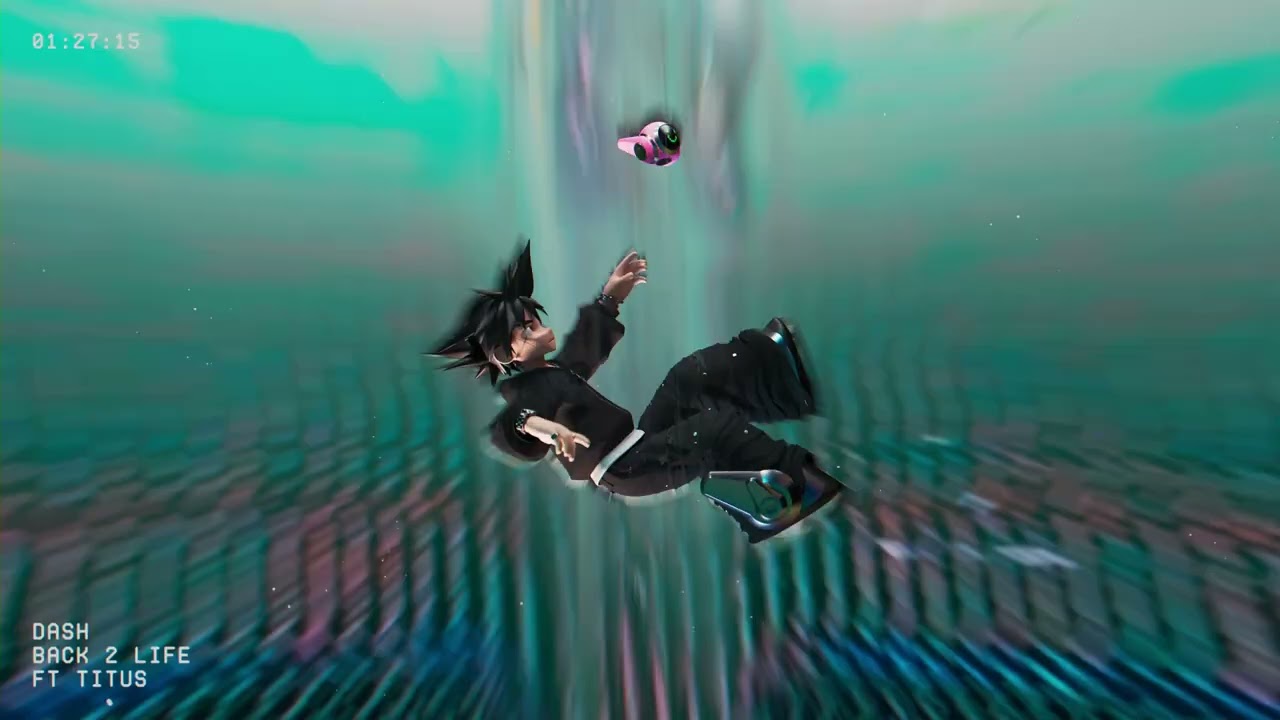Easily one of the biggest names in action-comedy anime and manga is One-Punch Man. The anime and manga smash hit, created by the fittingly-named mangaka ONE, takes many of the tropes of Western superhero comics and Japanese kaiju movies and turns them completely on their heads.
The show's first season catapulted the franchise's already huge popularity even further, but it definitely took a hit on its second season. One of the biggest criticisms of the less well-received second season was the noticeable decline in animation quality. Here's a look at why the show had a change in studios and how it made the show's animation drastically worse.
One-Punch Man's Studio Change Between Seasons 1 & 2
The show's first season was directed by Shingo Natsume and animated at Madhouse, with Chikashi Kubota as the chief animator. Madhouse has been responsible for several notable and prestigious anime series such as Paranoia Agent, Black Lagoon, Death Note, Highschool of the Dead and Hunter x Hunter. Its work on One-Punch Man was exceptional even by the studio's generally high standards. With a premise so reliant on top-notch execution of a few jokes, the artistry of the Season 1 team did wonders selling all the comedy and action with gusto.
As a result, the first season was very well-received The highly anticipated Season 2, however, wouldn't come without changes, however. Chikara Sakurai replaced Natsume as the director, while the production studio switched from Madhouse to J.C. Staff. J.C. Staff has also made some hit series in the past, such as Food Wars! and Bakuman, so it was expected that the quality would at the very least be maintained. The reason behind this change was that Natsume was busy on other projects, and since so many had joined the series to work with him, a complete animation overhaul was necessary to fill the gap.
One-Punch Man's Animation Dipped in Quality in Season 2
Season 2 of One-Punch Man still has perfectly adequate art and animation, but the crisp, fluid, vibrant animation of the first season is replaced with something far more stoic, bland and generic. The use of 3D computer-generated animation, something that is almost never well-received in anime, was also far more widespread. The still frames were also unfavorably compared to Flash animation. Monster deaths and key fight sequences were done off-screen.
Ultimately, the less-than-stellar visuals were due to the season's rushed production. With Natsume and most of those who wanted to work under him leaving, work started essentially from the ground up on a hotly anticipated series. Even with anime veterans like J.C. Staff at the helm, there was only so much that could be achieved in the truncated timeframe. That the animation is as serviceable as it is and not substantially worse is a testament to the quality behind it.
Season 2's actual story elements were more warmly received than its animation, but despite this, many viewed the show's animation changes as a dip in the series' quality as a whole. Hopefully, with a less rushed and beleaguered production, Season 3 will return to the exciting, well-animated heights that the anime was once known for.


